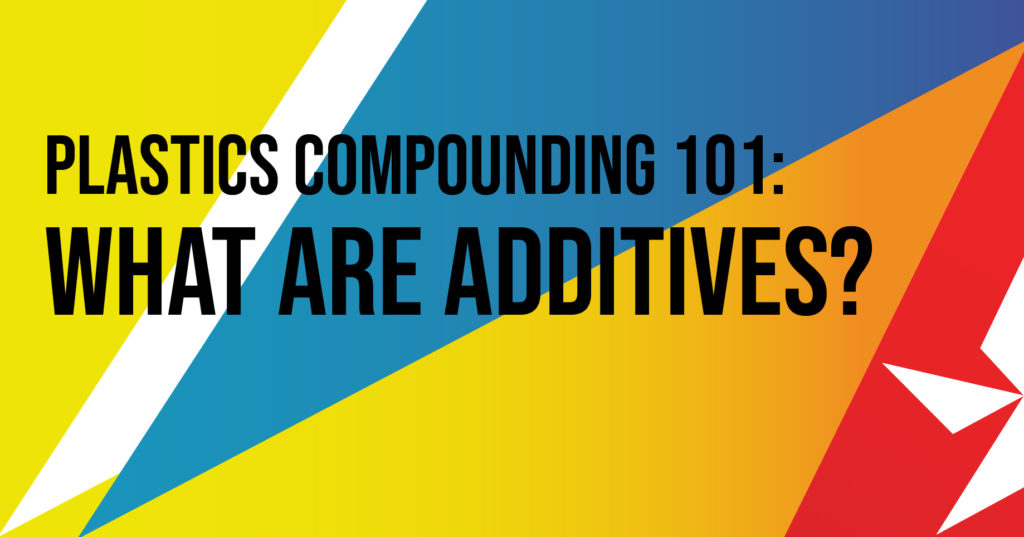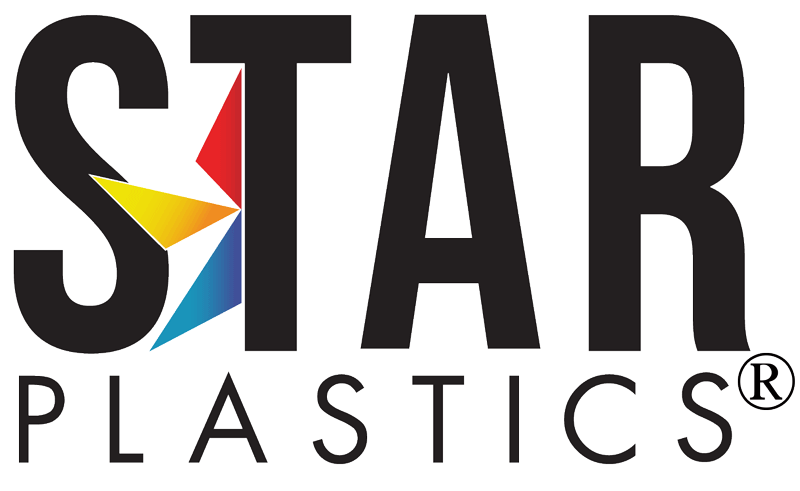News
Plastics Compounding 101: What are Additives?
Plastic Additives in Compounding
As a dependable custom compounder of engineering-grade thermoplastics, Star Plastics has built a reputation for delivering quality products that provide the perfect solution for your unique applications. We provide custom formulations that are achieved through a deep list of capabilities, including plastic additives.
We have covered the basics of the plastic compounding process, as well as provided an in-depth analysis comparing the different types of thermoplastics. Now, Star Plastics is here to break down plastic additives and the role they play in the third part of our Plastic Compounding 101 series.

What are Plastic Additives?
Plastic additives are materials added during the manufacturing process that provide the optimal performance of the material when molded and put into use. Plastic additives can also be used to modify the characteristics of the polymer to achieve a certain performance from the plastic for a specific purpose.
When used properly, plastic additives can increase the longevity of plastics and make them cleaner and easier to process, all while adding to your bottom line. A plastics additive can be a liquid, powder or pellet, or all three at the same time.
When are Plastic Additives used?
During the plastic compounding process, additives, which are chemicals that help to modify the plastic, are combined with basic, raw plastic material to achieve color, property and performance requirements.
Plastic additives help to protect polymers in functional use from many of the elements we see everyday, guarding against extreme weather conditions and exposure from UV light or water. Additives can also provide protective characteristics. This includes features like flame retardancy, which is useful with polymer applications used in aircraft, leisure craft, electrical, network and junction boxes.
Other uses or specific reactions that additives can be used for include:
- Adding strength to plastics
- Stabilizers for heat history protection
- Release and lubricants for ease of processing depending on the alloy or polymer
- Impact modifiers specifically for PC based compounds
Introducing additives to materials in the manufacturing is both an art and science to meet customer’s needs in any given end-use. Understanding their application and performance requirements allows Star Plastics to formulate a solution with additives to satisfy their needs. However, adding plastic additives is not always as easy as it sounds. For example, when trying to modify a polymer to create a higher melt flow, the impact of that material will decrease. An impact modifier must then be added in order to counteract the decrease in molecular weight and the loss of impact. With all the added variables, it becomes even more important to find the correct ratios in order to produce the correct result. This is why Star Plastics incorporates so much testing into our process.
How does Star Plastics Test Plastic Additives?
At Star Plastics, testing at every step is a vital aspect of our success. Star Plastics’ plastic compounding process begins with sampling and testing of the feedstock before and after the material is purchased, prior to use in formulation. This ensures that we know the properties of our base materials, which affect the prework and formulation that happens once an order is placed. This is also true for additives. Additives also go through a full regimen of testing, comparing the additive back to the base formulations. The Star lab team completes this process whether the additives are from a different supplier with the same CAS number and chemistry or in qualifying a new supplier.
Before even considering a formulation, our team looks at CAS numbers or the chemical identifier. During additive testing, our lab formulates a new sample of plastic with the additive. They complete the same process with old samples, and then the two formulas are compared. This testing can take several days after the additive completes compound physical testing and analytical testing.
If our team is qualifying a completely new additive, with a different CAS number or chemistry, there is significantly more research and development time required. Typically, this process will take between six months to a year.
Perfecting Formulations – How Star Plastics Creates Custom Formulations
While much of this process includes trial and error, Star Plastics has the technical expertise to find the perfect formulation for exact needs. For example, Star Plastics’ New Cold Temperature Impact PC Copolymer is a 5-VA product with an impact of the 12 at -40. This required a specific ratio of additives to provide the cold temperature impact while maintaining other key properties.
In most cases, Star Plastics’ Lab Team has datasheets to provide an outline of where the team needs to be to achieve the desired physical properties. Datasheets provide a guide, but Star uses trialing methods to find the solution. One of Star Plastics’ biggest advantages is the members of our team and the resources that come with their experience, which is invaluable to get the baseline start. We have technical leaders on the lab team that have over 20 years of plastics experience with Star, allowing us to review relevant past experiences and projects.
Experience and Knowledge
The depth and talent of our team is a significant advantage for us. That experience truly makes Star Plastics unique in our ability to manipulate raw materials and additive formulations to cater to each customer. While most major providers have a “take it or leave it” approach, Star’s product line allows us to customize the formulation to ensure the optimal finished good is achieved. When there is a need for a custom formulation, you can count on the Star Plastics team to do what others won’t. Not only does Star Plastics provide problem-solvers that work to find your exact need, but our team also operates every day to discover new technologies and innovative solutions to problems old and new.
At Star Plastics, we take pride in our ability to provide custom formulations that deliver your performance, property, and price requirements. No matter what your challenge is, Star Plastics has a solution for you.
Ready to get started? Contact Star Plastics today to see how we can help.



